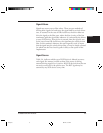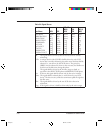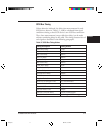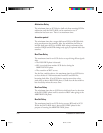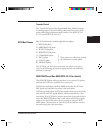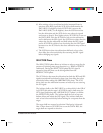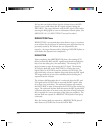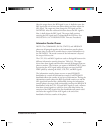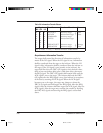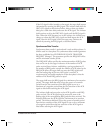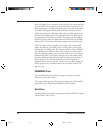
M3099GX/GH OEM Manual 3-15
INTERFACE
Transfer Period
The Transfer Period specifies the minimum time allowed between
the leading edges of successive REQ pulses and of successive ACK
pulses while using synchronous data transfers. (See ANSI SCSI-2
6.1.5.2 and ANSI SCSI-2 6.6.21.)
The SCSI architecture includes eight distinct phases:
a) BUS FREE phase
b) ARBITRATION phase
c) SELECTION phase
d) RESELECTION phase
e) COMMAND phase
f) DATA phase
g) STATUS phase
h) MESSAGE phase
The SCSI bus can never be in more than one phase at any given
time. In the following descriptions signals that are not mentioned
shall not be asserted.
BUS FREE Phase (See ANSI SCSI-2 6.1.1 for details)
The BUS FREE phase indicates that there is no current I/O process
and that the SCSI bus is available for a connection.
SCSI devices shall detect the BUS FREE phase after the SEL and
BSY signals are both false for at least a bus settle delay.
SCSI devices shall release all SCSI bus signals within a bus clear delay
after the BSY and SEL signals become continuously false for a bus
settle delay. If an SCSI device requires more than a bus settle delay to
detect the BUS FREE phase then it shall release all SCSI bus signals
within a bus clear delay minus the excess time to detect the BUS
FREE phase. The total time to clear the SCSI bus shall not exceed a
bus settle delay plus a bus clear delay.
SCSI Bus Phases
These phases are collectively termed
the information transfer phase.
#03.pm5 98.2.22, 1:31 PM15





